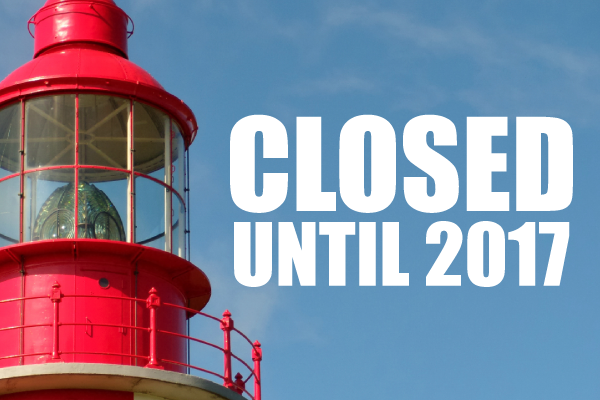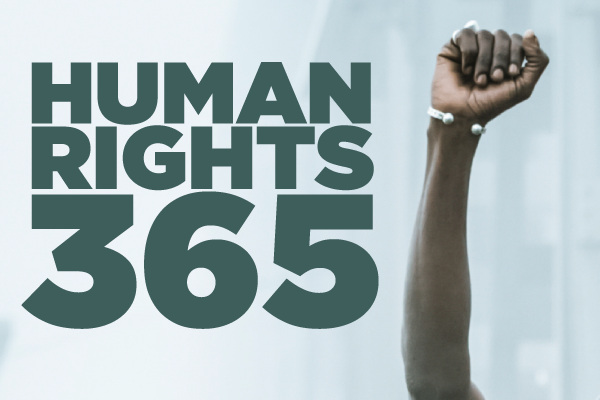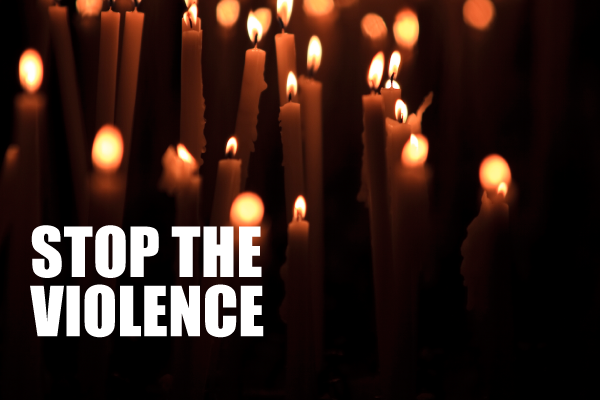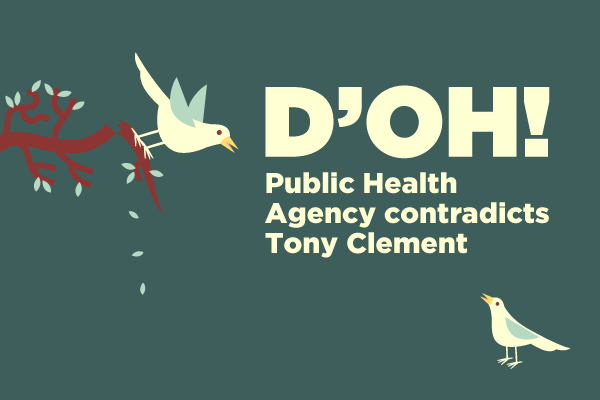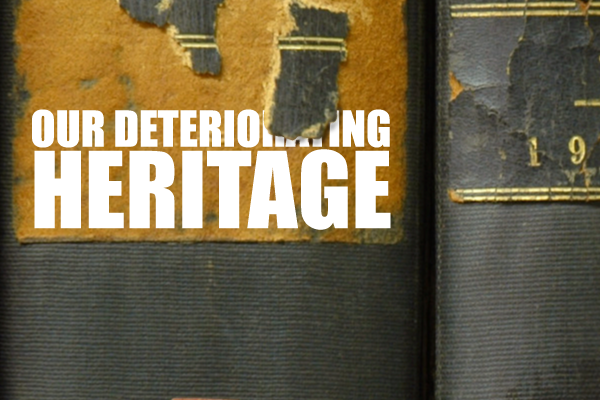On behalf of everyone at the Union of National Employees, I’d like to wish you all a bright and joyous holiday season. Whether you’re taking some vacation or just enjoying a few days off, I hope you take the time to relax and spend quality time with friends and family.
I also want to thank you for the important work you do on behalf of Canadians. If there’s one thing I know, it’s just how hard our members work. The Harper government would like to portray us in a different light, but I know all too well that everyone is being asked to do more with less – and I know how difficult that makes it for you to perform work that lives up to what Canadians deserve.
It’s a message that we’ve been putting out there for some time; we want the public to know how our national treasures are hurting – how the institutions responsible for our heritage just can’t preserve and maintain important pieces of our history – how decisions are being base on ideology over science and facts.
And the list goes on.
And unfortunately, the attacks aren’t stopping. There’s now a very public attack on our paid sick leave. And as we speak, we’re getting ready for some tough negotiations at the bargaining table. If you haven’t already, please take a moment to go to the PSAC’s website and sign the pledge in support of paid sick leave for all Canadians.
Every voice counts right now.
That said, it’s not all doom and gloom. As you may know, 2015 is soon upon us. And with the New Year comes the promise of federal elections. Trust me: all I want for 2015 is a government that respects public services and the people who provide them on behalf of Canadians.
But that won’t happen without some hard work. It’s important for everyone to talk about the work they do with their friends and family. It’s up to all of us to tell them how we’ve seen our national treasures and public services deteriorate over the horrible Harper years. We’re certainly going to blast that message from the rooftops; but we need everyone to organize and mobilize.
So please stay in touch. We want to keep the lines of communication open. We want to hear your concerns and we want to make sure you have a way of knowing what we’re doing on your behalf. You can stay in touch by liking us on Facebook, following us on Twitter or signing up for our e-newsletter.
And finally, I’d just like to take a moment to extend a sincere thank you to everyone who plays an instrumental role in our union. The work we do simply wouldn’t be possible without the hard work and dedication of countless volunteers. I’m proud to call these champions of fairness and justice my union brothers and sisters.
Once again, I wish you the most joyous holiday season and a happy New Year.
Doug Marshall
National President
Union of National Employees
Reminder: To allow our staff to spend some quality time with their families this holiday season, our office will be closed from December 25 to January 4.

